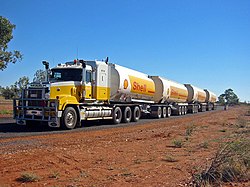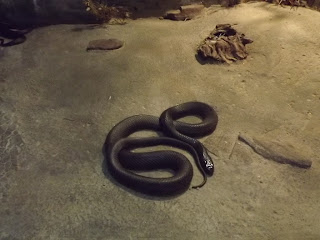We arrived in Santiago de Chile mid-March, after an 11-hour flight, with a 14-hour from where we flew: Sydney, and causing "our" March 14th to last for 39 hours rather than the usual 24 hours.
We did deliver two workshops, at the AIESEC Ibero-American Leadership conference, and the next day at Universidad Technica Federico Santa-Maria, which was a great energy boost, and our first experience with Latino-American students. It was fantastic, overall with a lot more participation from them than the average Asians students. That is just a cultural difference.
But then we spent a full week sleeping during the day and waking up at random times in the middle of the night, while our bodies struggles to adapt to the time difference.
Santiago has a very European feeling attached to itself, with the old Spanish colonial buildings in the historical center, but also some French and British architecture in places. Overall we enjoyed our stay there very much, we found it very friendly, easy to navigate even with our rusty Spanish, and enjoyed the food there a lot more than in other regions of the world!
Last Sunday, I took the "free walking tour" to understand the city a bit better. One of the main meeting spot in the city is "plaza de armas", which used to be the only square, when Santiago was just a row of buildings on each of its four sides.Nowadays, it is considered as the junction point between the wealthy part of the city and the more popular one.
 |
| Almost everyday there are dances, artists, all kinds of crowd performing to entertain the tourists on Plaza de Armas. |
A lot of things have changed since the colonial times, but a lot has remained the same. Since its creation, Santiago has always been a center of political power in Chile. Faced with a high increase in the capital's population, the government tried to move institutions to other places of the country. Most notably, the parliament now officially seats in Valaparaiso, a coastal city 1,5 hours away from the capital. But the members of parliament seem not too happy about the daily commute they are now forced to do, and have been calling for sessions to resume in Santiago.
 |
| The former parliament house, now a government office in Santiago de Chile, close to Plaza de Armas. |
The Palace of "Moneda" is well known for its use as government house. It was also notoriously bombed by an military plane during the Pinochet coup in 1973. The then-president, Allende, was found dead in hos office... now 40 years later, with ballistic analysis and testimony from his personal secretary, that he committed suicide before being taken by the rebel forces storming the palace.
 | |
| Palacio de la Moneda ... is that the right spelling? i'm thinking in Portuguese ;) |
Walking into a different neighborhood, we walk through the so-called "New york street", because... it looks like a New York street. Apparently :
Nature is not forgotten in Santiago (erm... see for yourself :p ). A park is set up along the river, where Santiago inhabitants gather at the first ray of sun. That park is surrounded by a lot of good restaurants, our guide mentions all kinds of food to try, from the "paella marina" to the "empanadas", and suggests washing them down with "piscola", the almost-officia national drink which is a simple mix of Pisco and coca-cola.
 |
| Open sewer, or actual river in the middle of town? you decide. |
I end up losing the group in the Bellavista neighborhood, just accross the river from the park. It has a lot of small shops, a market; there you can find antiques, jewelries, souvenirs. And in the weekend many people to enjoy an ice cream in the sun or wander through the crowd until deciding on which coffee place is the most fashionable on that day.
























